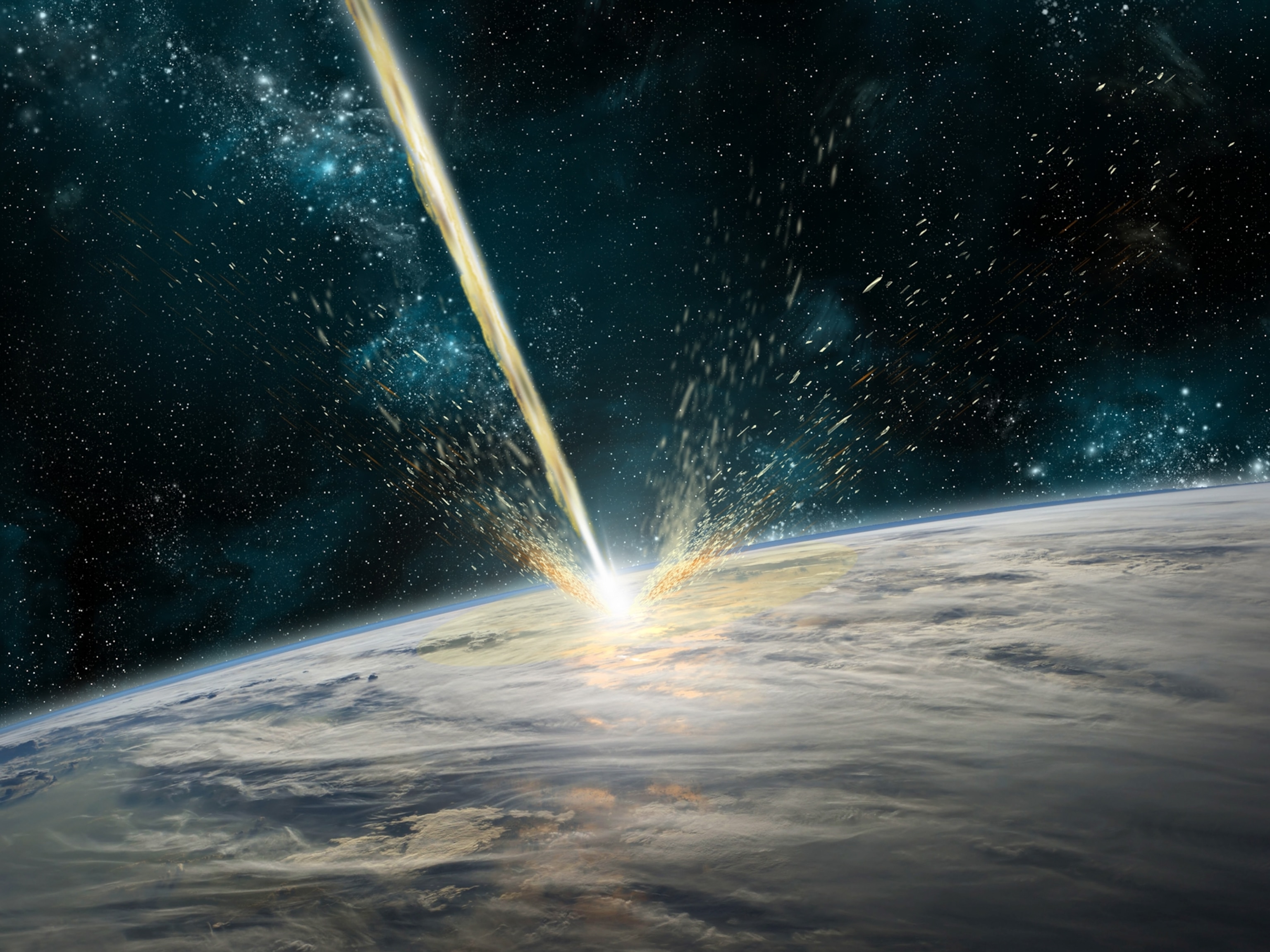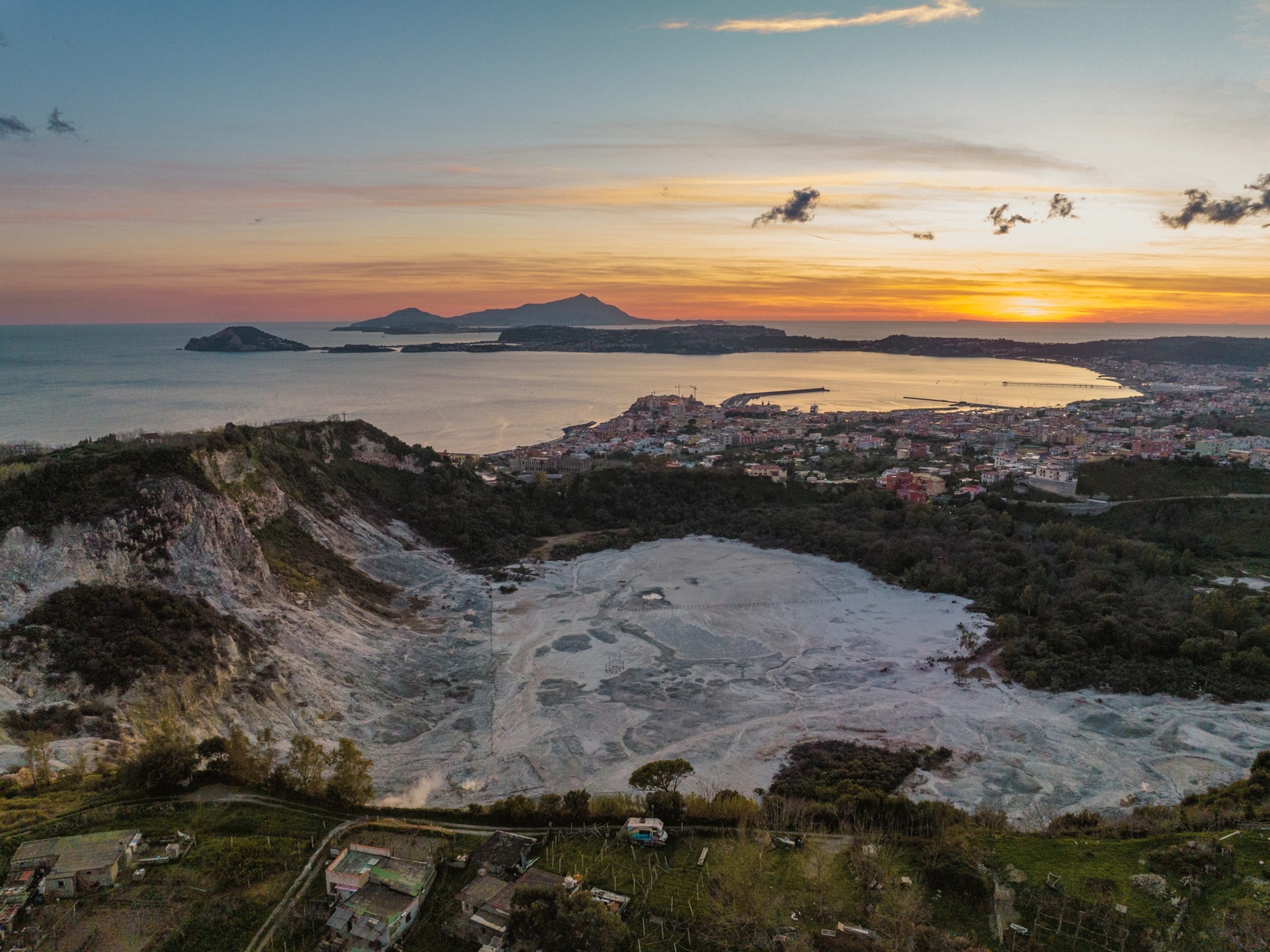
New Theory Behind Dozens of Craters Found in Siberia
Scientists narrow down the cause and think it is related to warming.
When a massive and mysterious hole was discovered in Siberia last July (see pictures), social media users pointed to everything from a meteorite to a stray missile to aliens to the Bermuda Triangle as possible causes. But the most plausible explanation seemed to be the explosive release of melting methane hydrate—an ice-like material frozen in the Arctic ground—thanks to global warming.
Now, scientists are arguing that the methane theory is unlikely, based on new satellite surveys released by Russian researchers that found dozens of new craters in Siberia.
"The jury is still out" on the cause of Siberia's craters, says Carolyn Ruppel, chief of the U.S. Geological Survey's Gas Hydrates Project. But she and other scientists say the new satellite mapping suggests another explanation that has to do with the rapid melting of ice cores called pingos.
A pingo is a plug of ice that forms near the surface over time and has a small mound or hill on top.
When an ice plug melts rapidly—as many have been, thanks to unseasonably warm temperatures in Siberia over the past year—it can cause part of the ground to collapse, forming a crater. But that process alone isn't enough to explain the ejected rocks that have been found around the rim of the craters, which suggest some sort of explosion.
Instead, Ruppel theorizes that the craters were formed by a sudden release of natural gas that had been stored in the permafrost but was kept under pressure by the weight of the pingo.
This theory is bolstered by the Russian satellite data, which show pingos—they appear as small mounds—in the exact positions where the craters later formed.
There are many more pingos across Siberia, as well as on Alaska's North Slope, so there's substantial risk of additional craters opening up as the planet continues to warm, Ruppel says.
"Urgent Investigation"
Until this week, scientists had known about only three of the craters. In November, scientists from the Russian Centre of Arctic Exploration donned climbing gear and explored one of them, which was 54 feet (16.5 meters) deep.
But in response to the discovery of more holes, Moscow-based scientist Vasily Bogoyavlensky has called for an "urgent investigation" of the holes amid safety fears, since oil and gas operations are not far from the craters on Russia's remote Yamal Peninsula, in northern Siberia.
Bogoyavlensky, who is deputy director of Russia's Oil and Gas Research Institute, told Russian media this week that at least seven craters have now been detected by satellites, including one large hole that is surrounded by as many as 20 smaller craters. Two of the previously discovered craters have developed into lakes.
Last summer, a German scientist had suggested that the craters formed after warming in Siberia had caused methane hydrates to thaw and explode. (Learn more about methane hydrates.)
But Ruppel says methane hydrates are found only in permafrost on land at about 740 feet (225 meters) or deeper, which is much deeper than any of the observed craters (which are around 50 feet, or 15 meters, deep).





